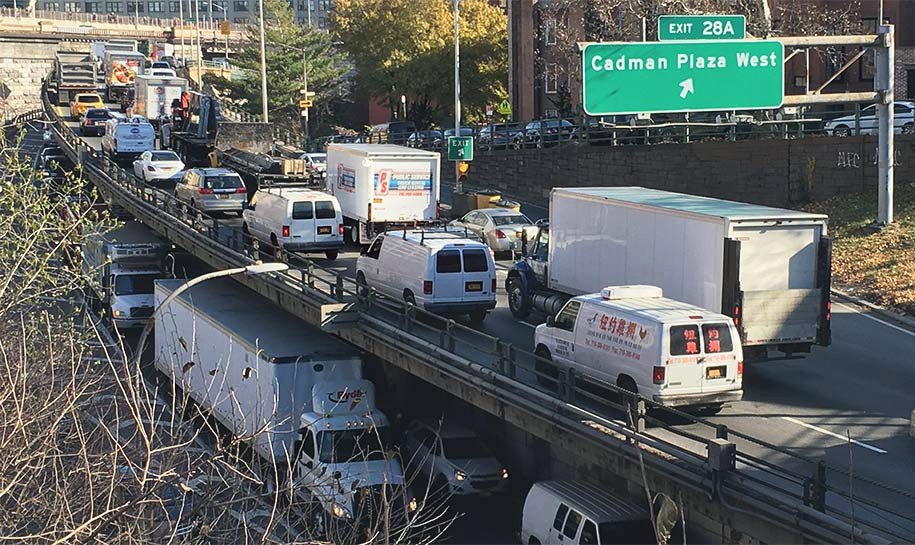New BQE report says slash lanes, narrow highway

The Regional Plan Association, a not-for-profit civic organization, released a report on Tuesday with five recommendations for reducing traffic on the BQE to turn the current six-lane interstate into a smaller, four-lane highway.
The city has proposed building a temporary six-lane bypass at the current site of the landmarked Brooklyn Heights Promenade during a $4 billion reconstruction of the BQE, bringing the noise and pollution of 153,000 vehicles a day up to street level for six to eight years. The proposal has galvanized community advocates to find a better solution.
“New York should join the growing list of cities that are updating, scaling back, and in some instances, removing their highways,” Tom Wright, president and CEO of Regional Plan Association, said in a statement.

Brooklyn Heights
View MoreRead the Brooklyn Height's Press and Cobble Hill News. Find out more about Brooklyn Height's History here.